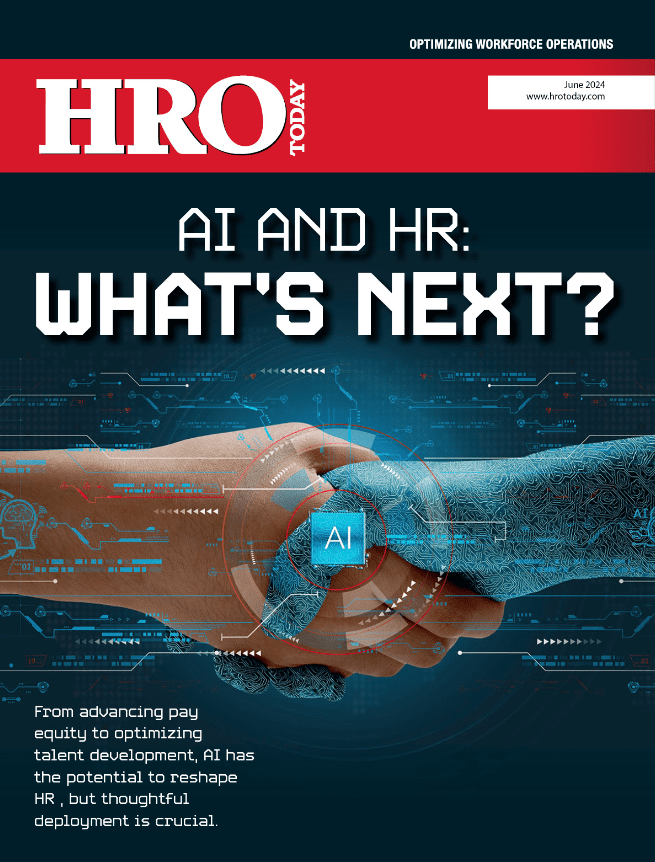For organizations looking to surpass hiring goals, having the right technology makes all the difference.
By Zee Johnson
Technology has become an integral part of many processes on both the candidate and employer end—especially when it comes to recruitment. From sourcing, to interviewing, training and more, the data and analytics that are generated from effective technologies have allowed companies to see where their organization stands in their TA efforts and what needs to be done to get them to the next level.
For an organization to know what’s next, Germayne Cade, Vice President Client Solutions for North America, Korn Ferry, says that first,  all eyes are on talent acquisition (TA) leaders to create the roadmap. “It’s on TA to find the right tech and digital tools that can enhance but not overcomplicate the recruitment process.” she says. And the right tools could be all the difference between securing talent or not. In fact, 68% of recruiters say that investing in new recruiting technology is the best way to improve recruiting performance.
all eyes are on talent acquisition (TA) leaders to create the roadmap. “It’s on TA to find the right tech and digital tools that can enhance but not overcomplicate the recruitment process.” she says. And the right tools could be all the difference between securing talent or not. In fact, 68% of recruiters say that investing in new recruiting technology is the best way to improve recruiting performance.
Upon creating this roadmap, TA leaders should first determine what it is that they seek and conversely, what it is that they can offer. These six questions will help with that process.
- Who are the people needed?
- How do these people need to work?
- What kind of work do they need to do?
- When do they need to work?
- Where do they need to work?
- Why is my organization valuable?
After finding these answers and the elements of the right tech stack to support the overall initiative, Cade says that implementing just any technology isn’t nearly as important as implementing the right kind of technology.
For instance, since 86 percent of job seekers use their smartphones to begin a job search, employing up-to-date measures, like mobile apply, 24/7 candidate care via a chatbot and other automated recruiter functions, make the hiring process quicker and the company more appealing. “Leaders can strengthen the candidate experience by being faster in the time it takes to get a candidate through the initial steps in the interview or recruitment process,” she says.
Further, tools like QR codes and SMS-based solutions allow candidates to swiftly apply for positions from their mobile devices, shortening the process even more. Thereafter, bots can follow up on a candidate’s application, schedule interviews, and even suggest additional opportunities within the company.
While technology helps with external recruiting, which could be ideal for companies undergoing a transformation and in search of new talent to achieve new goals, or for recruiters who are actively keeping a pulse on the market, it also helps with internal recruiting by aiding in the reskilling and upskilling of current talent. “Internal recruiting leads directly to retention. You have an opportunity to promote, upskill and reskill your internal mobility and that will yield dividends and create loyalty,” Cade also says, “Creating a customized and curated process for internals will lead to heightened engagement.”
Technology is vastly important for any organization looking to acquire talent, retain talent, scale their business, and become an employer of choice.














